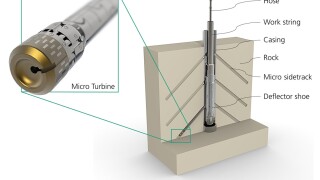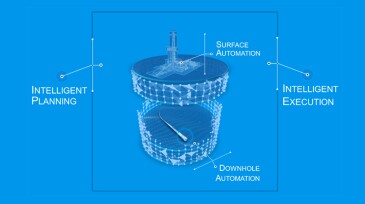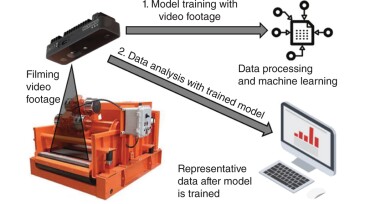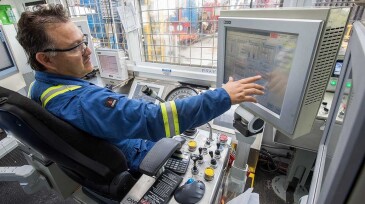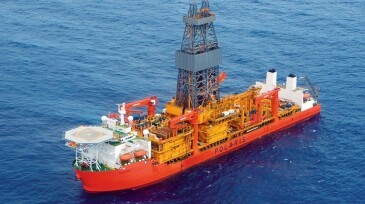Drilling
The Federal Reserve Bank of Dallas’ fourth-quarter energy survey shows that oil prices and geopolitical uncertainty are curbing enthusiasm heading into the new year.
A field test study examines micro turbine drilling in a clay formation that allows steel casing and formation to be drilled in a single operation.
The discovery in the Kutei Basin offshore Indonesia is being considered for fast-track development.
-
The authors of this paper present an autonomous directional-drilling framework built on intelligent planning and execution capabilities and supported by surface and downhole automation technologies.
-
The authors of this paper discuss a global rate-of-penetration machine-learning model with the potential to eliminate learning curves and reduce time and costs associated with developing a new model for every field.
-
The authors of this paper describe a project that demonstrated the feasibility of using deep-learning and machine-learning approaches to introduce camera-based solids monitoring to the drilling industry.
-
A joint webinar conducted by the Human Factors and Ergonomics Society and the Society of Petroleum Engineers addressed the role of human factors in automation in the oil and gas industry.
-
Chevron is "encouraged and excited" after drilling its first successful exploration well in the Eastern Mediterranean block.
-
The company said it expects the software to enable greater standardization for its well and drilling teams in the well planning and well delivery process, improve communication and automation, and increase transparency of project-related risks and costs.
-
Moving into 2023, perhaps it will be safe to say that the era of the low-carbon energy mix has begun as the primary energy production landscape is changing fast. Until now, fossils fuels have dominated, and may still for the next few years dominate, the energy mix; however, a shift is taking place that will gain momentum, driven by global efforts toward addressing cli…
-
Drillship Deepwater Titan is the first rig delivered with two 20,000-psi blowout preventers.
-
Offshore rig owner expands deepwater fleet in a transaction valued at just under $1 billion.
-
Transocean rigs will start new contracts in Brazil in the second half of 2023.


